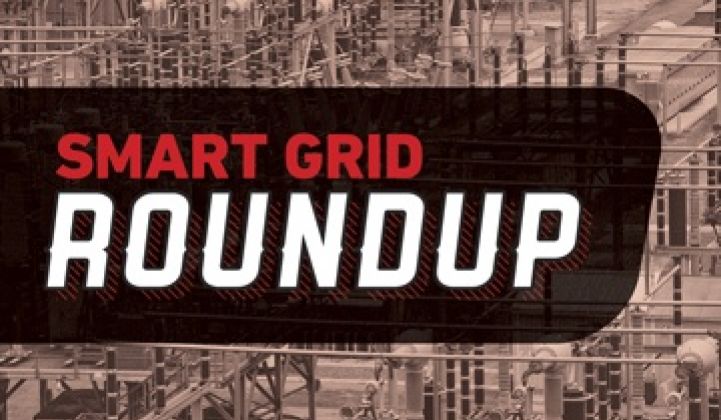This week’s smart grid news roundup starts with a big, if belated, win for the smart meter industry in an otherwise slackening North American market. On Tuesday, after years of political wrangling, Chicago utility Commonwealth Edison finally announced the launch of its 4-million-meter AMI rollout, featuring General Electric (GE) as meter maker and Silver Spring Networks (SSNI) as networking partner.
ComEd has already installed about 140,000 GE-Silver Spring smart meters in a proof-of-concept rollout in Chicago, and has been planning a full deployment for years, as part of its long-range $2.6 billion smart grid overhaul. But that plan went through years of political wrangling in the state capital, as well as stringent review from utility regulators worried that customers wouldn’t see enough benefits in exchange for the smart meters they were paying for in rate increases.
That led state lawmakers to impose a set of requirements on ComEd to reach defined milestones in customer service. Those include reducing outages by 20 percent, ending the practice of estimated billing for customers, and cutting energy theft (which costs all other ratepayers extra) by half over the next ten years, among others.
GE, which is getting paid $200 million to make smart meters in Chicago’s South Side neighborhood, said in Tuesday’s release that it plans to start rolling them out there in 2014 and complete that South Side network by 2016. The North Side of the city will have its AMI network installed by 2018.
While ComEd hasn’t yet laid out its plans for connecting its ZigBee-enabled smart meters to devices in customer homes, Mark Hura, general manager of sales for North America for GE digital energy, said that GE expects that process to be consumer-driven. In the meantime, there’s plenty of data for GE, Silver Spring and ComEd to collect from those meters to monitor and manage the distribution automation systems, study the grid impacts of distributed generation resources like rooftop solar panels, and the like, he added.
-- Moving from smart meters to demand response, this week saw the release of an important new set of capabilities for OpenADR, the open-source, publicly funded technology developed to make utility-to-customer energy communications easier and more standardized. On Tuesday, the OpenADR Alliance, an industry group featuring energy services heavyweights like Honeywell, EnerNOC and Schneider Electric and a host of smaller device and technology providers, announced the release of its OpenADR 2.0b profile specification, the long-awaited, fully functional version of the technology.
OpenADR, started as a California Energy Commission and Berkeley Labs project, has been used in California demand response markets for years now, but in a 1.0 version, which provides fairly limited functionality for utility-customer interaction. OpenADR 2.0 is meant to fill many of these gaps, both in terms of how much and what kinds of data can be sent from utility to customers, and in how fast and reliably customers can respond.
The first OpenADR 2.0-certified products launched last year, along with the August release of the 2.0a specification of the profile. But that 2.0a spec, yet again, wasn’t quite running the full set of functions the industry has been waiting for, including the 4-second response times that could enable real-time load shifting, as well as improvements in how devices are connected and managed by the network operator, whether that’s a utility, a grid operator or a third-party demand response aggregator.
All of these improvements are important in the broader task of enlisting buildings to automatically adjust power usage to balance grid instability. While traditional demand response is done with hours or days of advance notice, today’s grid challenges need faster and more automated ways to adjust power use across thousands of endpoints in real time. California, where regulators are requiring the state’s big three utilities to support OpenADR 2.0 for customers participating in their multi-megawatt demand response programs, will likely be the first test-bed of the technology’s ability to deliver on those promises.
Honeywell is more or less the champion of OpenADR -- it bought Akuacom, a server maker intimately involved in the technology’s development, in 2010, and has since rolled out demand response pilots featuring the technology in the United States, Europe and China, along with an OpenADR-enabled line of smart thermostats. UISOL, a California-based software developer that created the open-source code on which OpenADR is built, was likewise bought by French grid giant Alstom in 2010.
Other OpenADR contenders include Schneider Electric and IPKeys, and new Silicon Valley smart grid big data startup AutoGrid, which got its technology OpenADR 2.0-certified last year. Big demand response provider EnerNOC uses OpenADR in deployments with various technology partners such as Powerit Solutions, as well as via acquired companies like Global Energy Partners and M2M Communications. Meanwhile, Japanese companies including Hitachi, Toshiba, Mitsubishi, NTT and Fujitsu are also building OpenADR 2.0-compliant devices for the grid.



